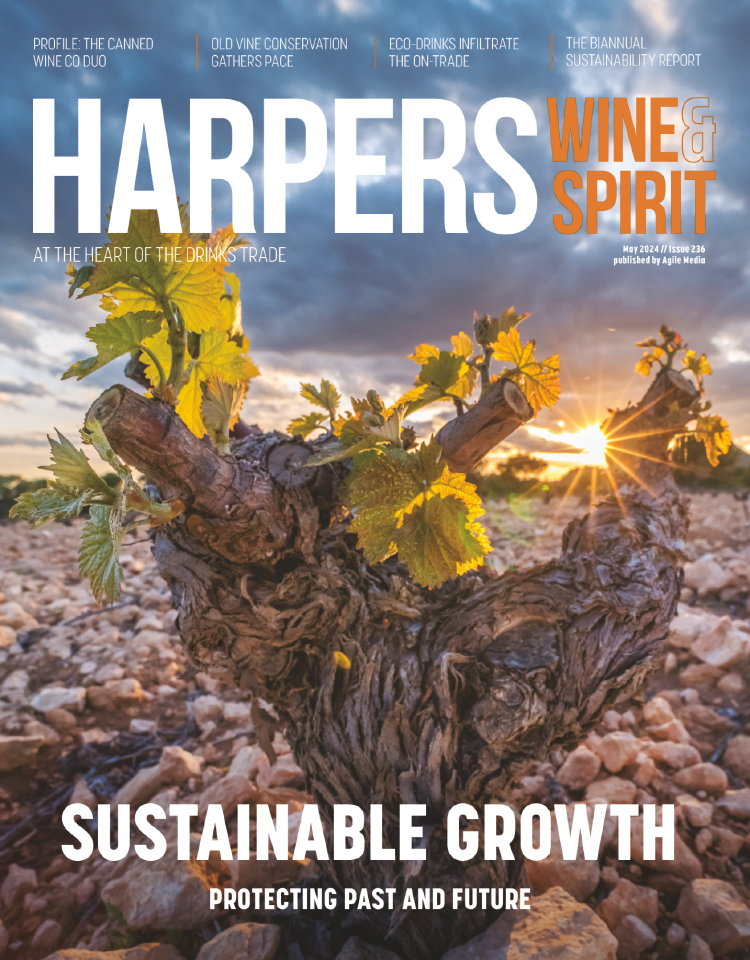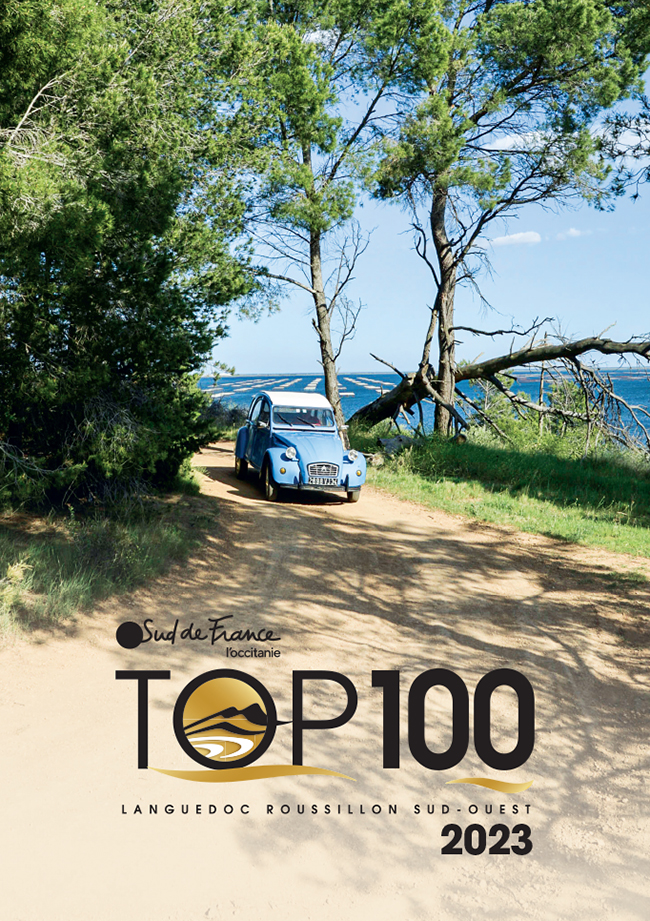
'Normal' vintage kicks off in Spain as government moves to curb last year's excess
The first grapes of the 2014 crop are being harvested in Spain, with winemakers predicting a "normal" sized vintage of between 42 and 45 million hectolitres.
Last year the country pulled in an enormous 52.6 million hectolitres, with the majority of extra production coming from the bulk producing regions like La Mancha, rather than more northerly areas such as Rioja. In order to tackle the issue of excess wine ahead of the 2014 harvest, the Spanish government has set out proposals to enforce distillation of up to 4 million hectolitres of leftover 2013 wine per winery in order to help regulate supply. The move, initially proposed for July, has been delayed until September.
 Grapes in Spain's Rioja at veraison stageSource: Bodegas Muriel, La RiojaAs the Spanish harvest gets underway, growers in bulk producing regions face uncertainty given last year's excess. Wineries in more premium areas are not worried, and say 2014 looks like a normal sized vintage.
Grapes in Spain's Rioja at veraison stageSource: Bodegas Muriel, La RiojaAs the Spanish harvest gets underway, growers in bulk producing regions face uncertainty given last year's excess. Wineries in more premium areas are not worried, and say 2014 looks like a normal sized vintage.
According to the latest Ciatti Company report, Spanish "producers are struck with the biggest market uncertainty that they have experienced in many years", with producer associations strongly opposing the government's proposal.
Richard Cochrane, managing director of Félix Solís UK, told Harpers.co.uk it has started harvesting, with the first fruit arriving in its winery this afternoon and tomorrow morning. "We're expecting a very normal vintage in La Mancha. That's a huge change from 2013."
As for the delay to the crisis distillation proposal to better balance supply and demand, Cochrane said it follows successful lobbying from the wine community that a July decision would be premature, given the quantity of the 2014 harvest is still unknown. "It would be daft if too much was distilled and prices climbed as the harvest was coming in," said Cochrane.
He added that it was important to consider the 2013 and 2014 harvests together and forecast what the demand would be over the next 12 months - and what volumes would be left in September 2015, ahead of next year's harvest. Last year Felíx Solís harvested twice the quantity of 2012 in La Mancha, but as Cochrane points out, in the previous year it "didn't have enough wine". "We were very happy as it gave us absolute stability with quality and price," he said, describing the large 2013 harvest as a "timely arrival".
Félix Solís is not under pressure to sell all of its wine in one year, given that it now has an ageing programme, said Cochrane. Rather, the wineries that are now sitting on a surplus now are those of lesser quality, he said. "In some respects some volume of distillation might not be a bad thing, as it will remove product that's not of a higher quality," he said.
Javier Murúa Gangutia, of Bodegas Muriel in Rioja, told Harpers.co.uk that the plans for crisis distillation were "not really relevant in Rioja". He said that given its 2013 harvest was not as large and the Rioja council sets its own system to regulate overstocks, which will never be as big as in La Mancha, it would not affect the region.
As for the 2014 harvest, Murúa said it "will be a normal campaign for us in terms of volumes". "Quality will be high if we consider the correct evolution of grapes. These days, veraison has just started and everything seems to be going well in what has been a normal year climatically."






